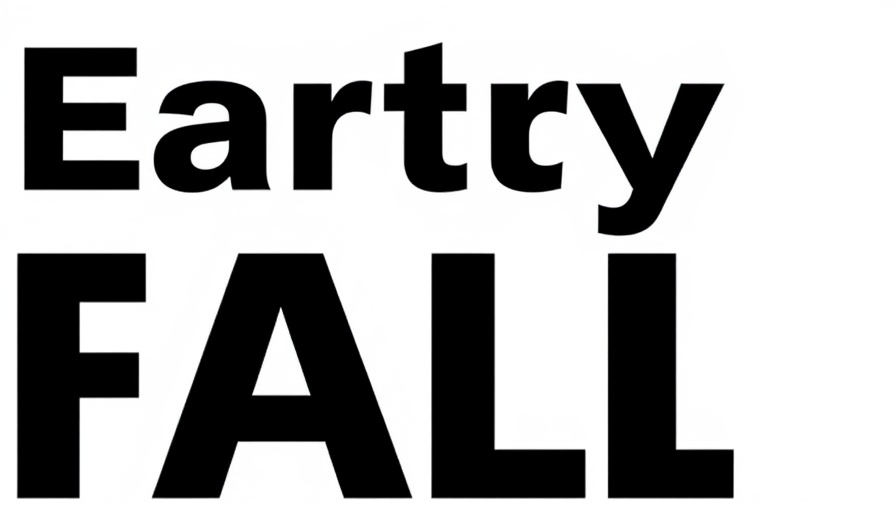
Understanding Proprioceptive Cervicogenic Dizziness
Proprioceptive cervicogenic dizziness is a form of dizziness triggered by dysfunction in the cervical spine, particularly affecting the proprioceptive receptors. When these receptors provide conflicting information to the central nervous system—interacting with both visual and vestibular inputs—it can result in dizziness. A significant aspect of this condition is its prevalence; research indicates that a staggering 89% of dizziness cases may be attributed to cervical issues, particularly among patients suffering from neck pain.
Why It Matters to Chiropractors
For chiropractors, understanding cervicogenic dizziness is crucial. Not only does it affect the way practitioners approach treatment for clients with neck pain, but it also sheds light on the importance of assessing cervical function when patients report dizziness. Treatments often mirror those for neck pain, emphasizing manual therapy and spinal manipulation, which can help alleviate the proprioceptive disturbances contributing to dizziness.
Diagnostic Challenges: The Key to Effective Management
Diagnosing cervicogenic dizziness can be complex due to the need to exclude other potential causes of dizziness. The cervical torsion test has emerged as the most effective diagnostic tool, creating a vital step in identifying whether a patient’s dizziness has cervical origins or is linked to other vestibular disorders. Chiropractors equipped with this knowledge can provide more specific treatment strategies that address the root causes of dizziness, rather than just the symptoms.
Looking Ahead: Integration Into Holistic Care
The future of treating cervicogenic dizziness in chiropractic practice lies in an integrated approach. By collaborating with other healthcare professionals, chiropractors can better manage cases where dizziness is intertwined with other neuromuscular disorders. This comprehensive approach can enhance patient recovery outcomes, as well as improve the overall quality of care. Strengthening connections with physiotherapists and orthopedists could cultivate a more cohesive treatment framework.
Understanding cervicogenic dizziness can greatly enhance your practice. By honing diagnostic skills and exploring effective treatments, chiropractors can significantly improve patient care and expand their practice's reputation among peers and clients alike. Stay updated and informed about methods to address this often-misunderstood condition.
 Add Row
Add Row  Add
Add 




 Add Row
Add Row  Add
Add 

Write A Comment